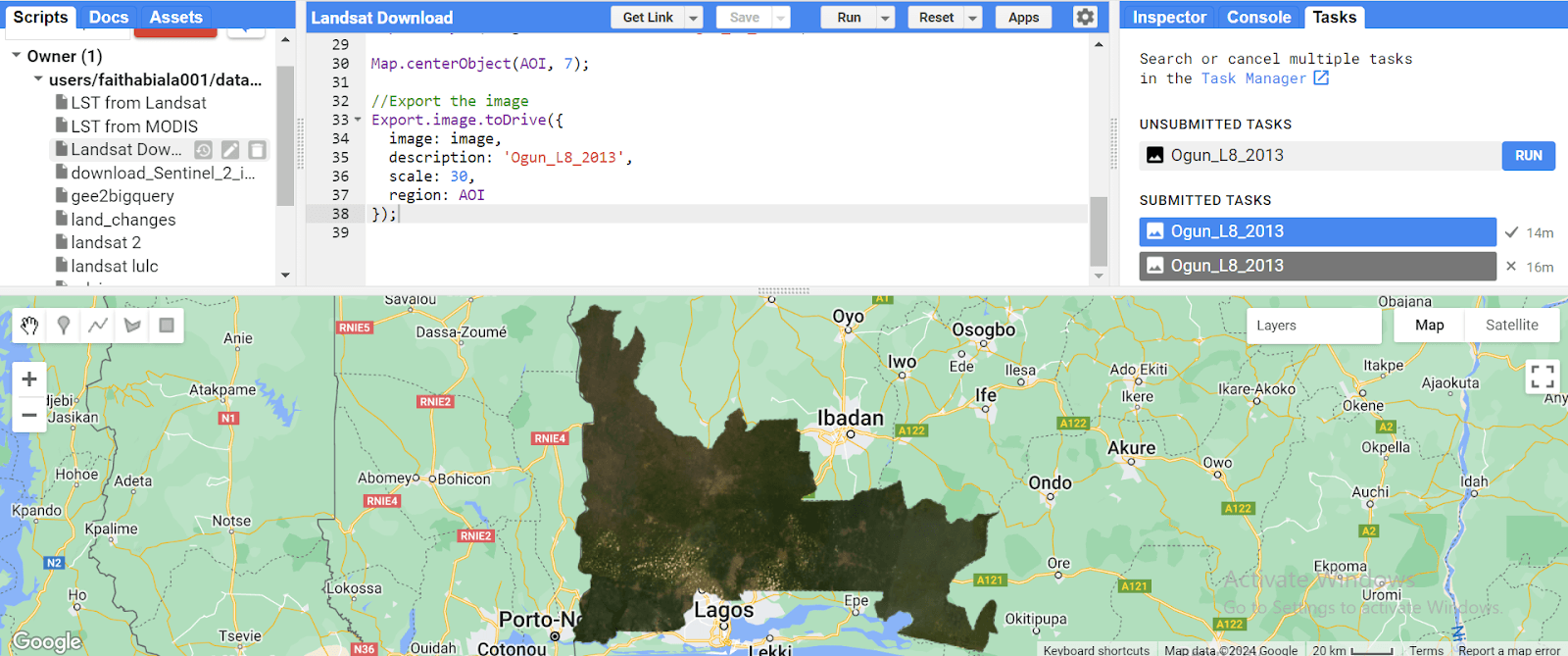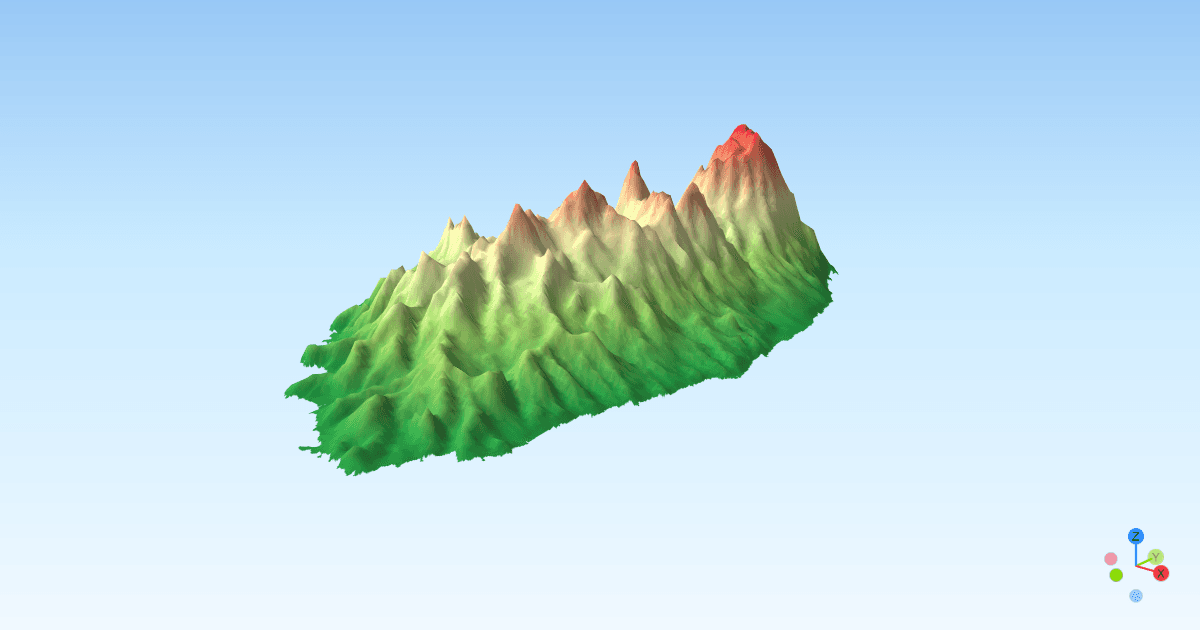Overview of GIS in the Health Sector
GIS plays a very important role in the health sector as it incorporates geographic data related to healthcare facilities, disease prevalence, environmental factors, population demographics, and more. Geographic data analysis and visualization help to provide valuable insights into patterns of disease spread, plan healthcare infrastructure, allocate resources effectively, identify high-risk areas, and support emergency response efforts. GIS empowers health professionals and stakeholders in the health sector to make informed decisions, improve public health outcomes, and enhance overall healthcare management and delivery.
Applications of GIS in the Health Sector
There are numerous applications of GIS in health, but a few important ones will be discussed here:
Disease Surveillance and Outbreak Monitoring and Management
GIS can be used to track the spread of diseases by mapping the locations of cases and outbreaks. It can also be used to track the source(s) of diseases and to understand and monitor the dynamics of disease transmission by integrating information on disease cases, demographic and social factors, and environmental conditions. This information helps to identify spatial and temporal patterns, hotspots, and potential disease clusters and can be used to target prevention and management efforts.
GIS provides tools for spatial analysis and mapping; disease cases can be plotted on a map, clusters can be detected, patterns of disease transmission can be analyzed and visualized, and areas with higher disease prevalence or vulnerability can be identified. These analyses and visualizations also help in targeting interventions, allocating resources, and implementing preventive measures effectively.
For example, GIS was used to track the spread of the COVID-19 pandemic across locations, identify areas that were at highest risk, and visualize and display the analysis and mapping in maps and charts. The information obtained from the mapping and analysis was used to target testing and vaccination efforts, which helped to raise awareness and slow the spread of the virus.
Health Service Planning and Resource Allocation
GIS has proven to be an effective tool that can be used to improve the planning and delivery of healthcare services, determine optimal locations for healthcare facilities, and optimize resource allocation during outbreaks. GIS analyzes and maps geographic data to understand population distribution, healthcare facilities, and health needs. GIS can also be used to analyze disease distribution and identify areas with higher resource needs, underserved populations, or gaps in healthcare access, aiding in strategic planning and efficient response.
Environmental Health and Risk Assessment
GIS is a powerful tool that can be used to understand and manage the impact of environmental factors on human health. It can be used to collect, analyze, and visualize spatial data related to environmental factors to identify spatial patterns, hotspots, and potential exposure risks. The information obtained can be used to understand the relationship between the environment and health outcomes.
GIS can be used to identify and evaluate environmental health concerns. By combining multiple data sources, such as toxic emission inventories, environmental monitoring data, and health outcome data, GIS can help identify high-risk locations or populations and enable tailored risk management techniques.
GIS can also be used to assess the vulnerability of populations to environmental hazards. By taking into account socioeconomic determinants of health, demographic characteristics, and environmental factors, GIS can help identify communities that may be disproportionately affected by environmental risks. This analysis can contribute to the development of interventions and policies to reduce vulnerabilities and promote health equity.
Emergency Response and Disaster Management
GIS can be a powerful tool for emergency response and disaster management. It can be used to identify areas of risk and vulnerability, assess populations and properties at risk, and simulate damage scenarios. GIS can also be used to aggregate, integrate, and visualize real-time data during emergencies, which can help with critical decision-making and maximize the effectiveness of emergency management operations.
GIS can be used to identify areas and populations at higher risk during disasters. This information can be used to develop targeted response plans, and evacuation strategies, and allocate resources to address the specific needs of vulnerable communities. GIS can also be used in emergencies for planning and routing evacuation by considering factors such as population density, transportation networks, and hazard zones. This helps to identify safe evacuation routes and assembly points.
The use of GIS in emergency response and disaster management can have a huge impact on preventing, responding to, and recovering from a significant incident. Satellite imagery and Geographic Information Systems (GIS) can help identify areas of risk and vulnerability by combining demographic, hazard, and key infrastructure data, and assessing populations and properties at risk. This analysis can be used to understand, identify, and build strategies that mitigate natural hazards, and simulate damage scenarios.
GIS can also be used for aggregating, integrating, and visualizing real-time dashboards during emergencies, which can help with critical decision-making and maximize the effectiveness of emergency management operations.
GIS plays a huge role in disaster management as it helps users identify areas and populations at higher risk during disasters. The information can serve as a guide for emergency management agencies in developing targeted response plans and evacuation strategies and allocating resources to address the specific needs of vulnerable communities. GIS can also be used in emergencies for planning and routing evacuation by considering factors such as population density, transportation networks, and hazard zones, which help identify safe evacuation routes and assembly points.
Public Health Research and Epidemiology
GIS plays a vital role in public health research and epidemiology by providing valuable insights into the spatial distribution and determinants of health outcomes. By leveraging geospatial analysis, GIS enhances researchers’ understanding of the spatial dimensions of health, supporting evidence-based policies and interventions to improve public health outcomes.
GIS can be used to assess the impact of public health interventions, such as vaccination campaigns or environmental remediation efforts. This information can help public health officials improve the effectiveness of their programs. It can also be used to plan for future health needs, such as the location of new hospitals, clinics, or health centers. This information can help ensure that health services are available to all people, regardless of their location.
Many organizations, such as the Centers for Disease Control and Prevention (CDC), World Health Organization (WHO), Environmental Protection Agency (EPA), American Cancer Society, etc., use GIS to track the spread of diseases, locate environmental hazards, locate disease cases, and locate disease locations, among many other uses.
Benefits of GIS in Health
Using GIS in the health sector has numerous benefits, and here are some:
Improved efficiency and productivity: GIS can help streamline operations and improve efficiency in a range of healthcare settings, including hospitals, clinics, and public health departments.
Increased public awareness: GIS can be used to raise awareness of health issues and promote healthy behaviors. For example, GIS can be used to create maps that show the location of safe walking routes or hospitals with travel time.
Enhanced decision-making: GIS enables a better understanding of health trends and patterns, which leads to informed and data-driven decision-making about resource allocation, policy development, and program planning.
Effective Health Communication: GIS can be used to create interactive maps and visualizations that can help to communicate complex health data clearly and understandably to patients, providers, stakeholders, policymakers, and the public. It helps to visualize complex health data, facilitate understanding, and support transparent communication of public health information.
Improved Health Planning: GIS contributes to health planning initiatives by analyzing population demographics, disease prevalence, and healthcare infrastructure. GIS can be used to identify areas with underserved populations, optimize facility locations, and plan for future healthcare needs based on population growth and changing demographics.
Challenges and Limitations of GIS in Health
GIS is a valuable tool used to improve health outcomes; however, there are some challenges and limitations to using GIS in the health sector. They include:
Data Availability and Quality: Acquiring accurate and up-to-date health data can be challenging. Health data may be unreliable, inconsistent, or not readily available in a geospatial format. Rigorous data validation, cleaning, and integration processes are necessary to ensure data quality and reliability.
Privacy and Confidentiality: Complying with privacy laws and ethical guidelines is necessary when handling sensitive health data. Maintaining data security and protecting individual privacy while working with geographic health data can be difficult, requiring effective anonymization and safe data storage.
Data Interoperability and Integration: Integrating health data from different sources and formats can be time-consuming and technically challenging. Ensuring data interoperability and seamless integration with other systems or software applications may require data transformation and standardization efforts.
By addressing these challenges and limitations, geospatial professionals can contribute to maximizing the potential of GIS in the health sector and driving meaningful impact in public health research, planning, and decision-making.
Conclusion
In conclusion, GIS is a vital tool in the health sector, contributing to enhanced decision-making, improved health planning, optimized resource allocation, effective disease surveillance, environmental health assessment, emergency response management, and advancing public health research and epidemiology. By embracing GIS and investing in its capabilities, we can pave the way for a healthier future, where geospatial insights guide our efforts to promote well-being, prevent disease, and ensure equitable access to healthcare for all.








.jpeg&w=3840&q=75)

